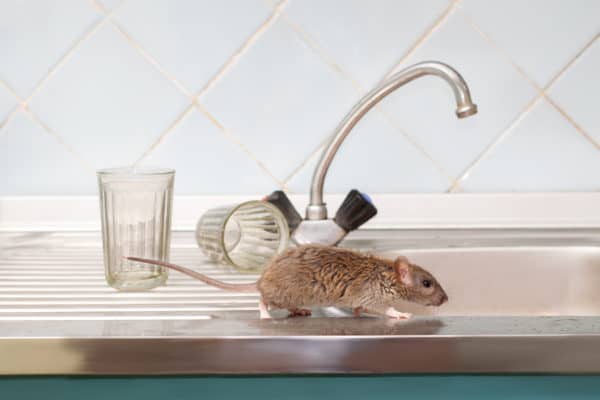Home Maintenance Tips to Keep Pests Out
Share
Introduction
Home maintenance to prevent pest entry is essential for every homeowner. With the proper practices, you can create a sanctuary free from unwanted guests like rodents, insects, and other pests. The importance of ensuring your home remains a pest-free zone cannot be overstated, especially as these invaders can cause damage, spread diseases, and create uncomfortable living conditions.

Why is Home Maintenance Crucial?
Keeping a home in tip-top condition is not just about aesthetics or maintaining property value. It's about ensuring a safe, clean, and healthy environment for you and your family. Pests like termites can cause structural damage, while others may bring health risks. Regular maintenance activities combined with ongoing vigilance are key strategies to ensure pests do not find an entry point into your home.
Key Areas to Focus on
1. Sealing Entry Points
One major step in home maintenance to prevent pest entry is to seal all potential entry points. Check for cracks in the foundation, gaps around windows and doors, and any other small openings. Regularly inspect your home for these vulnerabilities and use caulk or suitable fillers to seal them effectively.
2. Proper Landscaping
Believe it or not, your gardening habits can attract or deter pests. Keeping your yard tidy, trimming bushes and trees that touch the house, and maintaining a clean lawn can significantly reduce the likelihood of pests entering from outside. Horizontal vegetation like grass or low-lying flowers touching your home, can become a highway for insects.
3. Regular Cleaning
Home maintenance is not just about addressing visible problems. Regular cleaning is a simple but effective pest deterrent. Ensure that all corners, floors, and surfaces are cleaned regularly. Dont forget hidden areas like behind appliances. Using natural deterrents such as essential oils can also help repel pests.
4. Moisture Control
Pests are attracted to moisture, making it essential to repair any leaky pipes, faucets, or roofs. Areas that stay damp can become a breeding ground for pests. Make sure attics, basements, and crawl spaces are well-ventilated and dry.
Seasonal Pest Control Strategy
Each season brings different pest challenges. During summer, flies and ants might be prevalent, whereas winter could invite rodents seeking shelter. Tailor your pest control efforts according to the season. This could include using fans in humid months to keep an area dry or heavy curtains in colder months to keep out rodents.
Adopting Natural Pest Control Solutions
Where possible, use environmentally friendly solutions like natural repellents. Certain plants, such as lavender, can act as natural deterrents, keeping specific pests at bay.
Conclusion
By employing effective home maintenance strategies, you can significantly reduce the risk of pests entering your home. Maintaining a clean, dry, and well-sealed environment protects not only your property but also the health and wellbeing of those who reside in it. Taking proactive measures now will pay off in the long run, ensuring peace of mind and a comfortable, pest-free living space.

FAQ Section
1. What are some common signs of pest infestation at home?
Common signs include droppings, gnaw marks, nesting materials, and visible tracks or pathways. You might also come across unpleasant odors, particularly in hidden or closed areas of your home.
2. How often should I conduct a home inspection for pests?
It's best to perform a thorough pest inspection seasonally. Quarterly checks are an excellent practice to catch potential issues before they worsen.
3. Are there specific plants that help in repelling pests?
Yes, certain plants like mint, lavender, and basil can repel pests. Many garden plants naturally deter pests, making them an environmentally friendly choice.
This article contains affiliate links. We may earn a commission at no extra cost to you.
